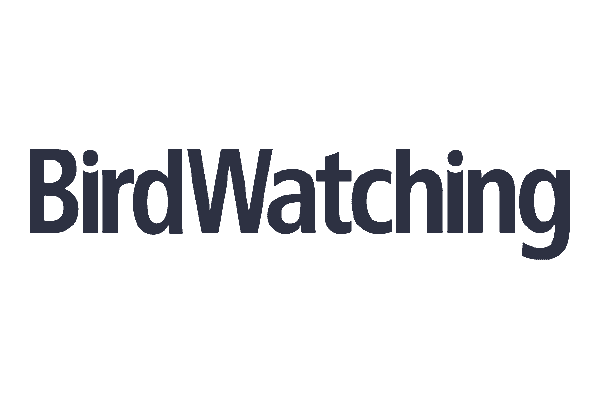Bicolored Hawk
Accipiter bicolor
The Bicolored Hawk, a bird of prey within the Accipitridae family, presents a striking figure in the forests of the Americas. With a length ranging from 34 to 45 centimeters and a weight between 200 and 450 grams, it is notably smaller than its cousin, the Northern Goshawk, and slightly more diminutive than the Cooper's Hawk. Among the Accipiter hawks of Central and South America, it is one of the largest, surpassed only by the elusive Grey-bellied Hawk. The adult's plumage is a dignified grey above, with a darker crown and wings, and a banded tail. The underparts may show variations of grey, and in some southern subspecies, a rufescent hue. A constant feature is the rufous thighs and contrasting underwing coverts, which are white in northern subspecies and rufous in southern ones. Juveniles display more variability, with underparts that can be white, buff, or rufous, sometimes streaked with dark, and upperparts that are a softer brown compared to adults.
Identification Tips
When identifying the Bicolored Hawk, look for the adult's grey upperparts, darker wings and crown, and the banded tail. The underparts may range from dark to pale grey, with the southern subspecies occasionally showing a rufescent coloration. The thighs are distinctly rufous, a detail that can be crucial for identification. Juveniles are more variable, but generally have browner upperparts and can have paler thighs.
Habitat
This hawk favors forests, woodland edges, secondary growth, plantations, and wooded savannas. It thrives in tropical to subtropical zones but avoids the highest altitudes, such as the peaks of the Andes.
Distribution
The Bicolored Hawk's range extends from southeastern Mexico through Central America and into northern and central South America, reaching as far south as northern Argentina. It is most commonly found in primary undisturbed or riparian forests, with its presence diminishing in logged or fragmented habitats.
Behaviour
The Bicolored Hawk is a master of stealth and inconspicuousness, making it a challenge to spot in the wild. This elusive nature may contribute to an underestimation of its actual population numbers.
Song & Calls
The hawk's vocal repertoire is subtle, often going unnoticed. Males may emit a soft, clear whistle, while females can produce a loud "cac cac cac" near the nest. Both sexes may also vocalize a barking "kra-kra-kra-kr-kr-kr-ka." During incubation, a sharp "kek" from the male signals food delivery, and the female responds with a nasal "wreh."
Breeding
Nests are constructed on tree branches or occasionally hanging vines within forested areas. The nests, made of dried sticks and leaves, are a collaborative effort between the male and female. Egg laying follows approximately five weeks after copulation, with clutches averaging 1-3 dull white eggs. The female broods the eggs for about three weeks, while the male forages. The semi-altricial chicks, with open eyes at hatching, are fed by the parents and fledge around 30-36 days post-hatching. They continue to return to the nest for food during a fledgling period of nearly seven weeks before gaining independence.
Similar Species
The Bicolored Hawk may be confused with other Accipiter species, but its size, rufous thighs, and underwing coverts can help distinguish it. Juveniles may be more challenging to differentiate due to their variability.
Diet and Feeding
This hawk employs stealth to ambush prey, navigating through dense vegetation or engaging in aerial pursuit. It primarily feeds on smaller birds, such as thrushes and doves, but also consumes small mammals, reptiles, and large insects. In some instances, it has been observed attacking groups of monkeys or following them to feed on insects disturbed by the monkeys' movements.
Conservation status
The Bicolored Hawk is currently listed as Least Concern by the IUCN. However, habitat disturbance and fragmentation are known to negatively impact its populations, with the species being most abundant in primary, undisturbed forests.



























































